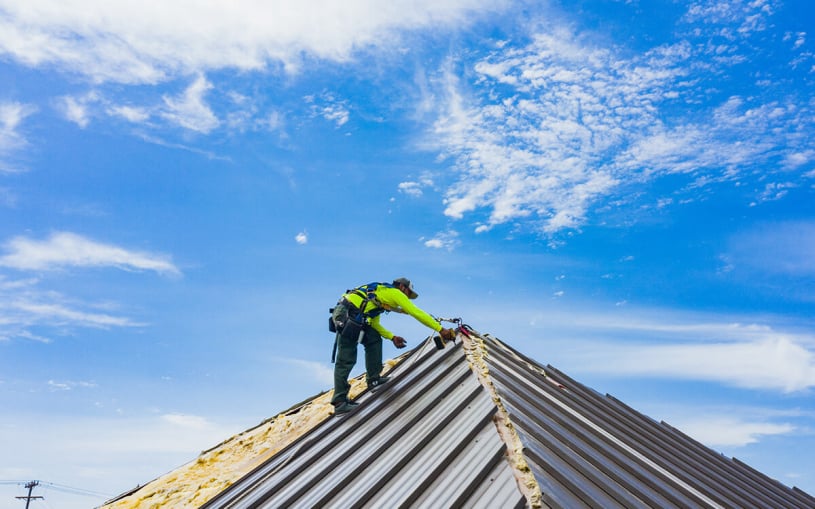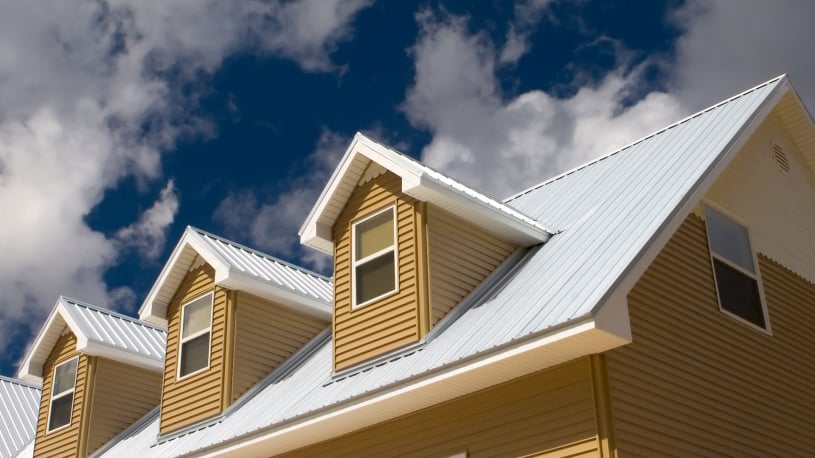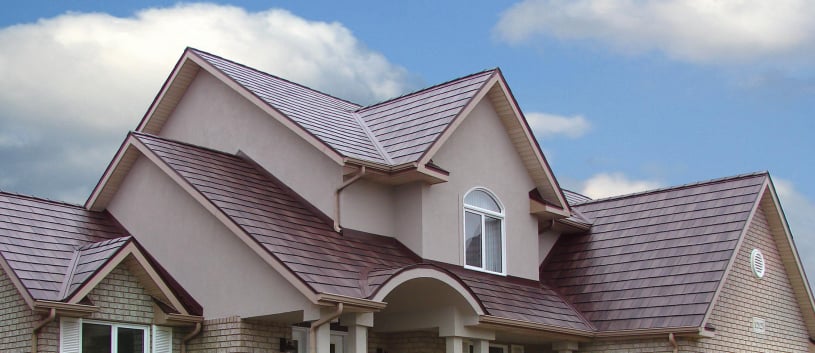Essex, a vibrant county in the East of England, offers a fascinating blend of rural charm, coastal beauty, and urban energy. Home to over 1.8 million residents, it stretches from the River Thames estuary to the rolling countryside of the north, each area carrying its own unique character. Towns like Chelmsford, the county’s only city, pulse with modern life, while Colchester proudly wears the crown of Britain’s oldest recorded town, steeped in Roman history. From quiet villages with thatched roofs to bustling market squares, Essex is a living showcase of England’s architectural and cultural evolution.
The county’s coastline, stretching over 350 miles, is a magnet for visitors in every season. Seaside towns like Southend-on-Sea attract families with traditional amusements and sweeping beaches, while quieter spots like Mersea Island draw seafood lovers and nature enthusiasts. Inland, expansive green spaces like Epping Forest offer year-round opportunities for walking, cycling, and spotting local wildlife. Essex’s varied landscapes have long inspired artists, writers, and craftsmen, including those in the skilled trade of roofing, where knowledge of the local environment is key.
Weather in Essex can be pleasantly mild compared to other parts of the UK, with average summer highs around 22°C and relatively low annual rainfall. However, the county’s position along the coast means sudden showers and winds can quickly change the day’s outlook—conditions that can take a toll on roofs, particularly on older buildings. That’s where the expertise of local roofers in Essex becomes invaluable, as they understand how to protect homes from the unique weather patterns here.
Throughout the year, Essex is alive with events that celebrate its heritage and community spirit. From the Colchester Food and Drink Festival to the Maldon Mud Race and Southend Airshow, the county knows how to put on a show. These gatherings draw thousands and highlight the pride residents take in their home. In a similar way, tradespeople—especially roofing companies in Essex—showcase their craft by preserving the county’s buildings, ensuring that its historical and modern structures remain both functional and beautiful for generations to come.





